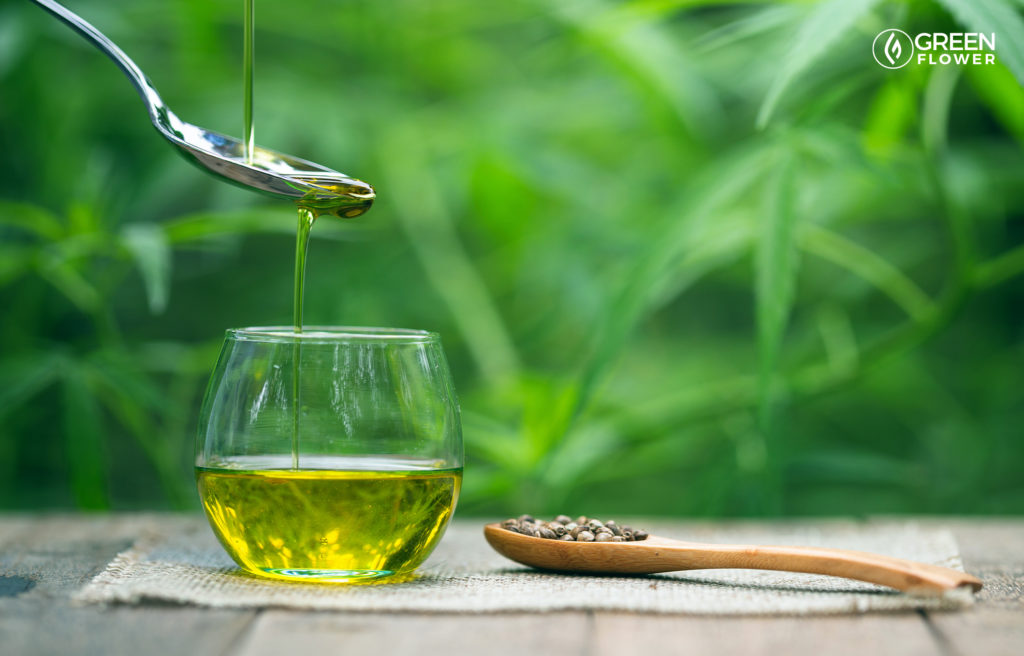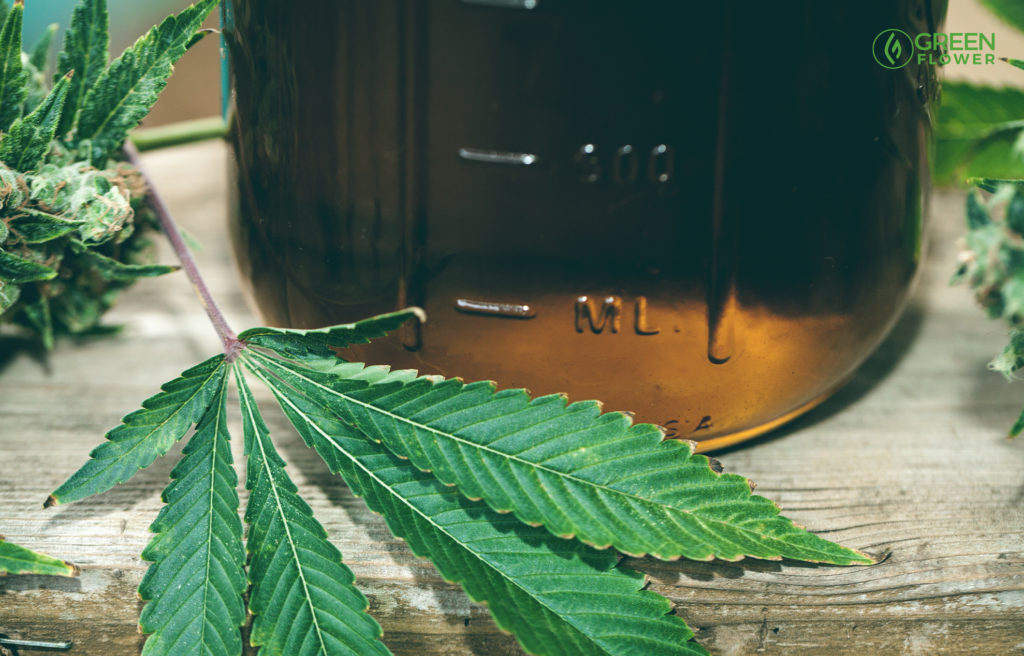Making cannabis edibles at home is easier than people might think. If you have shopped at a cannabis dispensary, then you know firsthand that cannabis edibles can be expensive, especially if you need to purchase them on a regular basis. Medical cannabis patients often need to consume more cannabis than other people to treat their conditions and ailments, and look to edibles for relief, which can result in sticker shock. That’s why it’s a good idea to know how to make canna oil for yourself.
Many people prefer to consume cannabis via edibles as opposed to other consumption methods because the consumer/patient does not need to inhale anything into their lungs when they are ingesting cannabis from food.
For some patients, inhaling cannabis smoke or vapor is not an option as a direct result of the medical condition from which they suffer. Other patients may rely on edibles instead of alternative non-smoking methods such as topicals because edibles provide more relief.
Whatever the case may be, you should give strong consideration to making your own edibles. It can be a fun experience in addition to helping you save money.
Every cannabis edible starts with creating something to infuse the edible with. Cannabis-infused butter is a very popular route, although some people do not like to consume dairy either because they are lactose intolerant, vegan, or various other reasons.
Cannabis oil is a great alternative to butter, and is often far healthier than cannabis butter. It can also be used for more savory recipes where butter is not the ideal ingredient.
We will discuss below the factors to consider, as well as a recipe for how to make cannabis oil.
What’s The Best Oil To Use To Make Cannabis Oil?
When considering which oil to use to infuse with cannabis, it’s really up to personal preference. When oil is mixed with crushed, decarboxylated cannabis plant matter and heat is applied, the cannabinoids and terpenes will bond with the oil.
Olive oil is a very popular oil to use, as is coconut oil. The main thing to consider, beyond just taste, is the consistency of the final product. Cannabis-infused olive oil will be thin and runny, while coconut oil will have a better chance of remaining solid while at room temperature.
Coconut oil is a great option because it can also serve a dual purpose as a topical in addition to being used as an ingredient for cannabis edible recipes.
Cost is a big factor, in that not all oils cost the same amount of money. If you only have one type of oil that you can afford and it’s easily available in your area, it will work with decarbed cannabis flower just the same as any other type of cooking oil.

Easy Cannabis Oil Recipe
Whether you want to learn how to make canna oil in big or small batches, this easy recipe works. You can double or triple the amount of cannabis involved as long as you maintain the 1:1 cannabis-to-oil ratio.
For that matter, if you want to make a smaller batch, possibly because you simply don’t have a full cup of cannabis flower to use, the 1:1 approach works in those situations as well.
A larger batch will obviously require a larger slow cooker or crock pot. Also, the cleanup duty afterward will be greater, a larger container or more containers will be needed to store the final product, and it is more time consuming during the cheesecloth-phase of the process.
Equipment you will need:
- 1 cup of cannabis flower
- 1 cup of oil
- Cookie sheet
- Slow cooker
- Cheesecloth
- Container to store the finished product
Step 1 — The first thing you will want to do is grind the cannabis flower. After you have the cannabis flower ground up, you will want to decarboxylate it. Decarboxylation activates some of the cannabinoids in the flower, and helps ensure the preparer gets the most out of the cannabis flower used. It’s very easy to do — place the ground cannabis on a cookie sheet and bake it in an oven at 260 degrees Fahrenheit for 45 minutes.
Step 2 — Place the decarbed flower into a slow cooker with the oil and let it go for 6-8 hours, stirring occasionally to mix it around. Keep in mind, wherever you open the slow cooker to stir the mixture around, it is going to smell quite a bit, so do this by an open window or well-ventilated area. The longer end of the timeframe is preferred, however, it’s really up to how much time you have. The longer you let it simmer, the more time the cannabinoids and terpenes will have to bond to the oil. Hypothetically, you could let it simmer for 30 minutes and it will provide some level of usefulness, however, it will be more effective if you let it go for 8 hours.
Step 3 — Scoop the mixture out of the slow cooker and run it through the cheesecloth to separate the plant material from the oil. You will not want to do it immediately because the mixture will be extremely hot. Conversely, you also don’t want to wait for it to become room temperature, because it will be harder to separate the oil from the plant material. Waiting about 30 minutes is a good strategy, although it’s situation-specific, so proceed with caution to avoid getting burnt. Letting the mixture drip through the cheesecloth into a container or multiple containers is all that is left other than cleanup duty. A glass mason jar is a great option for storage.

Other Factors To Consider
Potency: One of the biggest factors to consider when making cannabis oil is potency or finding the ideal dose. Different consumers and patients have different tolerance levels and needs.
Novice and people who are starting to consume cannabis again after a long hiatus will want to stick with something that is less potent than a frequent consumer or cannabis patient who needs extra-strength oil to treat their condition(s).
The type of cannabis flower used will play a big role in this. Specifically, the amount of THC in the flower. If you want to have a lower potency, use a flower that is lower in THC, and, of course, if you want something stronger, use something with more THC.
If you are a novice and the final product is too potent, you can always dilute it by adding more non-infused cannabis oil to the finished product to make it less potent.
If you are on the opposite end of the spectrum, keep in mind that there’s not really a way to make the final product more potent.
Storage: Another major factor to consider is storage. After all, the finished cannabis-infused oil is a food product, so you will want to keep it refrigerated. That is particularly important to keep in mind if you are making a large batch.
Plan ahead to ensure you have enough space in your refrigerator. The last thing you want to do is exert a lot of time and use a lot of resources just to be scrambling at the end of the process to find a place to put it all.
If you miscalculate and end up having too much, you can always make edibles quickly to help clear up space in your fridge, although, you are kind of just kicking the can down the road because those edibles will then need to be stored fairly quickly.
Planning ahead by knowing which cannabis-infused edible recipes call for canna oil is something else to keep in mind. You don’t want to make a small batch of cannabis oil just to later find out that you should have made more.
Do your research, make a plan of attack before you start, and get after it. Happy baking!


1 comment
How do you deoxalation?